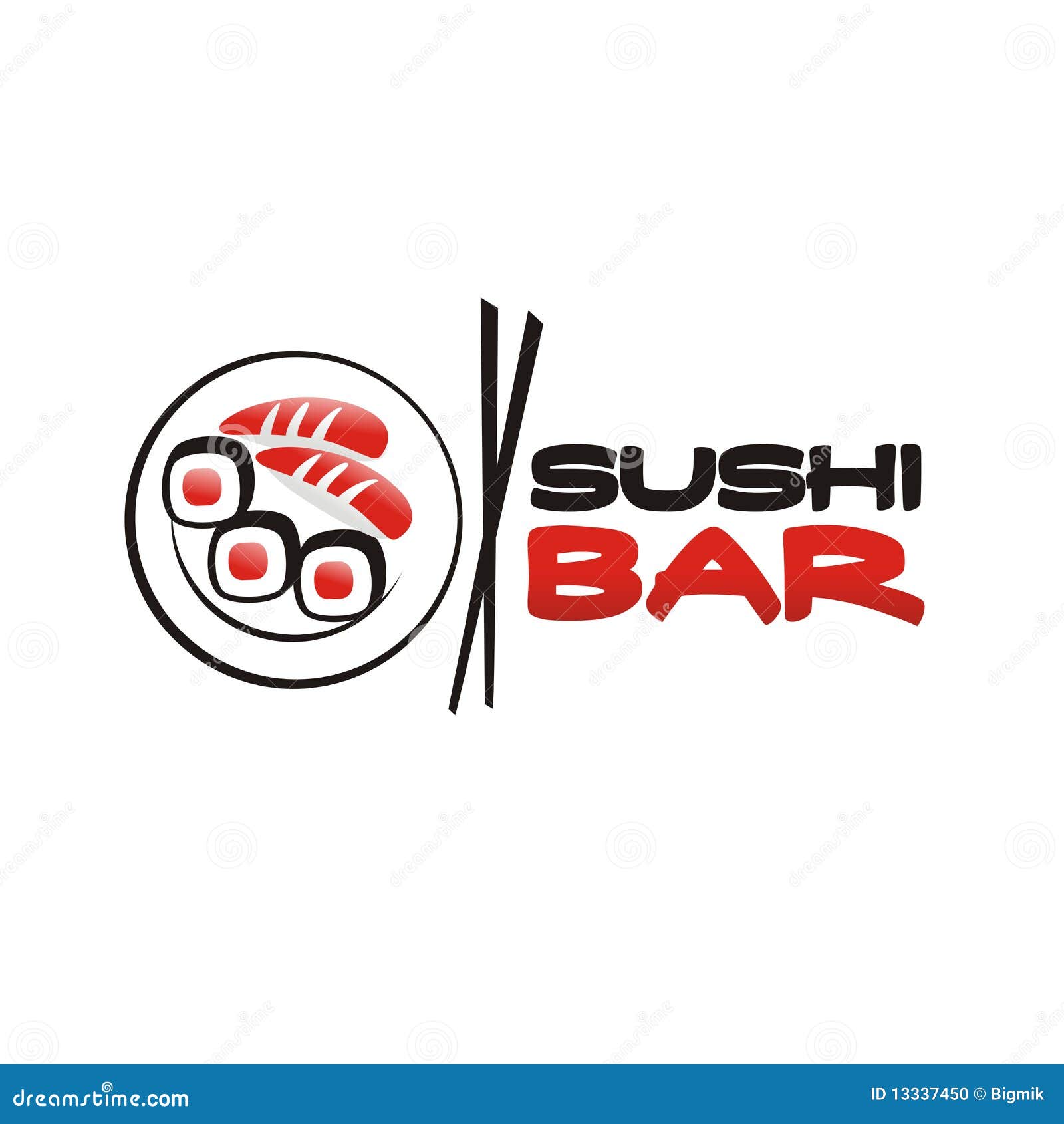39 how to read japanese food labels
Rocklin Unified School District - Food Labels For more information please visit How to Read Japanese Nutrition Labels - JapanLivingGuide ... To this end, you should check the amount of carbs and sugar contained in your food and beverages. On a nutrition label, "carbohydrate" means the sum of "sugar" and "dietary fiber". Sugars Sugars (糖質, toshitsu) are contained in cereals, potatoes, rice, sugar, etc. They are nutrients which are our energy sources.
Beginners Guide to Supermarket Shopping in Japan A Japanese food label will tell you what a product is, its quantity, its price and, most importantly, its storage instructions and its expiration date. While this list is by no means a complete guide, it's still important to familiarize yourself with the most commonly used characters to make your shopping experience much easier.
How to read japanese food labels
Tokyo Guide: How To Read Japanese Food Labels | Tokyo ... One of the first things that people look for on a label is the calorie content of that food. Japan uses the same system as the rest of the world, kcals, which is often represented as Calories, with a capital C, in the US. Weight loss and gain at the most basic level is a matter of calories into and calories out of the body. JLPT N2 Free Kanji Practice Worksheet: Unit 3 "Food Labels ... In this unit, we sort out some common kanji to help you understand the information written on Japanese food labels and packaging. To learn more N2 kanji related to themes such as "Food", "Advertising" and " Signboards" (total 14 units), You can download the full workbook here ! Are you looking to pass the JLPT N2? Japanese Supermarket Guide: Must-Know Phrases, Food Label ... In Japan, it's pretty easy to find regular cow milk (牛乳), soy milk (豆乳), and almond milk (アーモンドミルク). Cow milk in Japan comes in a wide variety, from those fortified with iron (鉄) or calcium (カルシウム), to low-fat products (低脂肪). To check exactly how much fat your milk has, look out for the fat content label (乳脂肪分).
How to read japanese food labels. Reading food labels | Tasmanian Department of Health Download the Reading Food Labels fact sheet. Look for the stars. The Health Star Rating is a quick and easy way to compare similar packaged foods, for example breakfast cereals. The Health Star Rating system is not intended for fresh unpackaged foods like fruit and vegetables. These foods are recommended to be a main part of family eating. Pin on Reading food labels The Ultimate Guide to Reading Food Labels in Japan How to read and understand food and nutrition labels in Japan. S Surviving in Japan Japan Guides Peaches Blueberry Seeds Mountain Japanese Vegetables Fruit Health Japanese Bayberries also known as myrica rubra, mountain peaches, and yangmei. Sweet, a little sour, with seeds in the middle. K Reading Japanese Food Labels | JustBento Reading Japanese Food Labels. Submitted by anon. on Sat, 2009-09-05 07:24. I live in Japan and have trouble reading and understanding everything on food labels. Do you know if partially hydrogenated oils are used in Japanese foods, such as packaged cookies? Do you know what the word for it or "trans fat" is in Japanese or how to write it? Expiry dates | The Japan Times It's the four characters in front of the date. It means "limit for consumption" and is equivalent to the "use by" wording on food labels in English. "Sh ō hi kigen" is used for highly perishable...
The Ultimate Guide to Reading Food Labels in Japan ... Most labels similar to this type will then list total protein (たん白質), fat ( 脂質), carbohydrates (炭水化物), and sodium (ナトリウム), and some will list sugar, but many count sugar under the "carbohydrate" category and don't always split them so you can see how much of the carbs are sugars. It varies though. How To Read Sake Label • Steamy Kitchen Recipes Giveaways On the front, you'll see "Takasago" on the left bottle. That happens to be the brewery's name. If you're not familiar with Japanese or brewery names, this might be difficult to spot. But what's important on the front of the label is the GRADE of sake. For premium, artisan sake, look for the words "Junmai" or "Junmai Daiginjo." How to Identify Japanese Pottery Porcelain Marks | Hunker Unless you're familiar with the Japanese language, identifying Japanese pottery and porcelain marks can be a daunting task. Hidden within the kanji-- the characters -- on the bottom of the piece you will typically find the production region, a specific kiln location, a potter's name, and sometimes a separate decorator's identity.But, at times only generic terms were recorded, and tracking down ... Understanding Food Nutrition Labels | American Heart ... 1 - Start with the serving information at the top. This will tell you the size of a single serving and the total number of servings per container (package). 2 - Next, check total calories per serving and container. Pay attention to the calories per serving and how many calories you're really consuming if you eat the whole package.
How to Read a Japanese Address - Blog In Japanese, Japan's 43 prefectures (which are actually called -ken), the Tokyo metropolis, Osaka, Kyoto, and Hokkaido are collectively referred to as 都道府県 (To-Dou-Fu-Ken).. When you are looking at a fully written out address in Japanese, the first section after the postal code always starts with the name of one of the prefectures, Tokyo, Osaka, or Kyoto and ends with one of these ... What's on a food label | NSW Food Authority The most common food allergens and sulphites must be declared on a food label, no matter how small the amount. See declaring allergens. Australia New Zealand Food Standards Code - Standard 1.2.3 - Information requirements - warning statements, advisory statements and declarations. Business information Food Allergies in Japan: How to Read Japanese Food Labels ... The complete list of twenty additional allergens is as follows: 1. Abalone 2. Apple 3. Banana 4. Beef 5. Cashew Nut 6. Chicken 7. Gelatin 8. Kiwi 9. Mackerel 10. Matsutake mushroom 11. Orange 12. Peach 13. Pork 14. Salmon 15. Salmon roe 16. Sesame 17. Soy 18. Squid 19. Yam 20. Walnut How to read a label | NSW Food Authority The country or countries where a food was grown, manufactured or packaged must appear on the label. Directions for use Directions for use must be included when there are health and safety reasons for doing so. Alcohol Alcohol labels must state the number of standard drinks and % of alcohol, and comply with general labelling laws.
How to Read Japanese Food Label | Coto Language Academy Guide to Your Japanese Food Labels Guide to your Japanese Bathtubs Vocabulary: エネルギー (enerugi-) Energy たんぱく質 (tanpakushitsu) Protein 脂質 (shishitsu) Fat 炭水化物 (tansuikabutsu) Carbohydrate 糖質 (toushitsu) Sugar 食物繊維 (shokubutsuseni) Fiber 食塩 (shokuen) Sodium 低カロリー (teikarori-) Low Calorie 高たんぱく質 (koutanpakushitsu) High Protein 無糖 (mutou) No Sugar
30 Great Japanese Food Packaging Designs (or at least inspired by) - AterietAteriet | Food Culture
Reading Japanese Food Labels - Allergens and Tips Food labels are 食品表示 (しょくひんひょうじ shokuhin hyou ji) in Japanese. Let's take a look at a food label before going on into the various parts of Japanese food labels and how to read them. Below is the label to a popular brand of barley (mugi) tea. Lots of text here, but if you look closely the label actually consists of 2 parts.

meta content=' khmer sexy hot star khmer khmer fuck student sexy super star Girl Asian, hot asia ...
How to Read a Food Label - WebMD A 2005 survey by AJ Nielsen & Co. found that half of consumers understood nutrition labels only "in part," although 2 out of 10 said they consistently read them. The secret to reading a food label ...

Osaka Ohsho- World's No. 1 Gyoza in SM Megamall Fashion Hall | BERYLLICIOUS- A Food, Lifestyle ...
Food Allergies in Japan: How to Enjoy Traveling Safely ... The food labeling system in Japan has different requirements and only 7 core allergens are required to be labelled. A list of allergenic foods in Japan is: eggs, milk, wheat, buckwheat, peanuts, shrimp and crab. Some allergens can be listed using very different forms, such as 落花生 and ピーナッツ - both of which refer to peanuts.
PDF Reading Labels - The Paleo Mom ~ The Paleo Mom When you are reading food labels, it is helpful to know how to decipher which ingredients are sugar. While most of them are refined, some are unrefined (which typically means that the sugar retains some minerals). It is also common for manufactured products to contain more than one form of sugar. The following ingredients are all forms of sugar:
Japanese Decoded: Nutrition Labels - Savvy Tokyo Below is the back of a bag of rice crackers (senbei) carrying a standard Japanese nutrition label. On the top left, we see the nutritional information (栄養成分表, eiyou seibun you), which contains all the basic nutrition facts about the product, such as grams of carbohydrates, protein, and fat.
Pick the right fish for your dish - How to read seafood ... You often see the lables of "生食用" (for raw food), "刺身用" (for sashimi), "加熱用" (for heating), "焼き魚用" (for grill) on seafood packaging in Japanese supermarkets. Here we explain the differences when purchasing the perfect seafood for your meal. For raw food (Namashokuyou) This lable literally means that you can eat it raw.


Post a Comment for "39 how to read japanese food labels"